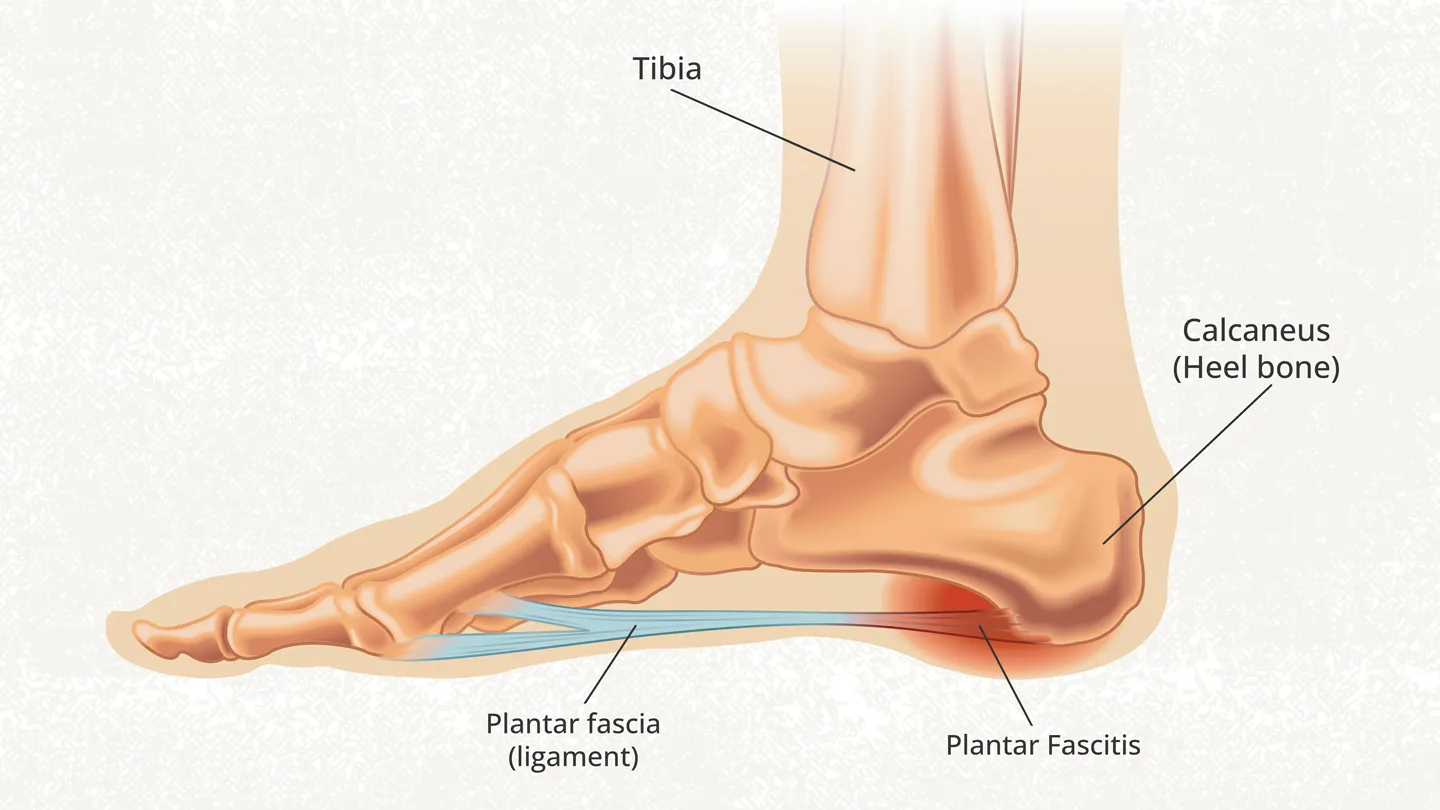Maintaining Grip Strength with Rheumatoid Arthritis
Rheumatoid arthritis is an inflammatory autoimmune disease that often results in joint damage over time. The joints in the hands and wrists are commonly affected. Consequently, many living with RA experience a weakening grip strength as the disease progresses.
This results in difficulties performing simple daily tasks like opening jars, tools, doors and more. The question then becomes what solutions help strengthen the grip and protect hand and wrist function for those with rheumatoid arthritis?
Causes of Diminishing Grip Strength with Rheumatoid Arthritis
There are several key reasons why those with rheumatoid arthritis experience reduced grip strength, muscle weakness and loss of hand and wrist function over time without proactive solutions:
Chronic Joint Inflammation
The immune system mistakenly attacks soft joint tissue in rheumatoid arthritis resulting in painful inflammation, swelling, warmth and joint damage. If the inflammation goes unchecked, joints may continue to deteriorate making gripping more difficult.
Joint Stiffness and Pain
Morning joint stiffness lasting over 30 minutes and pain even at rest are common RA symptoms. Constant pain and stiffness make movement difficult. Limited mobility results in loss of flexibility, muscle strength and grip over time.
Medication Side Effects
Older RA drugs like prednisone may temporarily improve symptoms, but also come with side effects like muscle weakness when taken long term. Even newer biologic medications now available come with risks when first starting treatment.
Tendon Ruptures
Tendons connect muscle to bone allowing proper joint movement. Some RA medication options increase risk of tendon rupture in rare cases. Ruptured wrist and hand tendons severely impair grip strength and require prompt surgery.
Joint Deformities
Severe progression of rheumatoid arthritis can eventually result in permanent joint damage and deformities like swan neck deformity affecting wrists and fingers. This obviously weakens the grip significantly in advanced stages.
Are Hand Grips and Hand Exercises Beneficial?
Now that we have covered the factors involved with reducing grip strength among those with rheumatoid arthritis, the next question is whether solutions like hand grips and hand exercises can counter or possibly reverse the damage and impairment over time.
Medical experts and researchers are still debating the overall effectiveness when factoring in proper rest, medication management and not exacerbating symptoms. Heres an overview of current scientific thinking on the pros and cons of hand grip exercises with rheumatoid arthritis:
Potential Benefits
- Can strengthen grip, fingers and wrist
- Build endurance for daily tasks
- Delay loss of strength/function
- Improve range of motion
- Easy to add to routines
Potential Risks
- May worsen joint inflammation
- Can lead to overuse injuries
- Fatigue muscles if done excessively
- Dont slow joint damage progression
- Require adjustment during flare-ups
Research reveals that while grip strengthening exercises cant actually reverse or stop joint damage from progressing, they still play an important role. The key is tailoring the exercises properly to each individual.
Tips for Safe and Effective Hand Exercises with Rheumatoid Arthritis
If done correctly, hand grips and exercises can significantly benefit rheumatoid arthritis patients without worsening symptoms or causing harm. Here are some top tips for safe and effective hand strengthening with RA:
Consult Your Rheumatologist First
Have an open conversation with your rheumatologist before starting a new grip strengthening routine. Make sure the types of hand exercises wont exacerbate disease activity or interfere with your current treatment plan and medications.
Start Low and Go Slow
Beginning a new exercise program is not the time for intense and aggressive workouts if living with rheumatoid arthritis! Start with very low intensity resistance that allows proper form and only work the hands and wrists for 5-10 minutes maximum when first getting started.
Focus on Eccentric Movements
Eccentric movements refer to motions where muscles lengthen under tension rather than contract. This includes slowly lowering weights rather than lifting. Studies show eccentric training minimizes joint impact while still building strength.
Emphasize Range of Motion
Full range of motion exercises move joints through their complete arc without injury. This maintains flexibility and function. Prioritize full ROM movements for hands and wrists in initial exercise routines.
Listen to Your Body
Pay close attention to any pain signals, swelling or stiffness during and after performing grip and hand exercises. Immediately stop an activity if it exacerbates inflammation or other RA symptoms and adjust your program accordingly.
Best Hand Grip Exercises for Rheumatoid Arthritis
Once cleared by your rheumatologist, here are 5 of the safest and most effective hand and wrist strengthening exercises to start with:
1. Tennis Ball Squeezes
- Hold tennis ball and squeeze continuously for 30 seconds
- Relax grip for 30 seconds between sets
- Repeat for 5 sets twice daily
2. Wrist Curls
- Sit with arm supported on table, palm facing up
- Slowly bend wrist up, hold 5 seconds, lower for 10 seconds Eccentric!
- Start with no weight and advance slowly up to 5 pound dumbbell over time
- Repeat 10 times, 2 sets per wrist daily
3. Finger Towel Lifts
- Lay towel out flat on table in front of your hand
- Start with fingers on towel, slowly curl fingers up, lifting towel
- Hold for 5 seconds, lower towel slowly for 10 seconds
- Repeat 10 times, 2 sets per hand daily
4. Putty Squeezes
- Knead and squeeze therapy putty continuously for 1-2 minutes
- Relaxes grip then repeat twice more for 3 sets total daily
- Increases strength and flexibility in fingers/wrists
5. Finger Extensions
- Sit with arm extended out straight in front of you
- Open fingers wide, stretching out fully
- Hold fully extended for 5 seconds
- Close hand into loose fist, repeat 10 times, 2 sets daily
Be sure to start very slowly with just bodyweight and minimal resistance when first adding grip and hand exercises to your routine with RA. Progress cautiously over time and stop immediately if any exercise worsens pain or inflammation!
Other Non-Exercise Strategies to Maintain Grip Strength
While targeted hand exercises play an important role, they arent the only solution available for protecting grip strength. Implementing other proactive strategies can provide complementary benefits:
Consistent Medication Use
Disease-modifying antirheumatic drugs (DMARDs) like methotrexate can minimize systemic joint inflammation when used consistently. Biologic agents also suppress overactive immune responses. Controlling overall disease activity allows for better exercise tolerance.
Assistive Devices
Using specially designed items reduces strain on hands during daily tasks. Products like jar openers take pressure off fingers and wrists so you avoid further damaging inflamed joints while still maintaining independence.
Periodic Occupational Therapy
Seeing an occupational therapist (OT) trained in rheumatoid arthritis
FAQs
Can hand grips make rheumatoid arthritis worse?
It's possible to injure already inflamed joints with hand grips if not used cautiously. Start with very low resistance, focus on eccentric motions and proper form. Stop immediately if exercises exacerbate rheumatoid arthritis symptoms.
What helps with rheumatoid arthritis hand pain?
Managing hand pain and swelling from rheumatoid arthritis typically involves medication, activity modification to avoid overusing sore joints, splinting/bracing and various therapies like hand exercises, massage and paraffin wax to relieve pain.
Can rheumatoid arthritis cause hand weakness?
Yes, rheumatoid arthritis commonly affects joints in hands/wrists which can gradually cause swelling, stiffness and deformities resulting in significant grip weakness over time. However, hand exercises and grip devices may delay progression of strength deterioration.
What kind of hand exercises are best for rheumatoid arthritis?
Low resistance exercises emphasizing eccentric motions like slowly lowering weights, range of motion movements and maintaining flexibility without overloading joints are considered safest and most effective for hand exercise routines tailored to individuals with rheumatoid arthritis.
What helps wrist pain from rheumatoid arthritis?
Applying ice packs, using wrist braces, taking NSAIDs or DMARDs to reduce inflammation, avoiding repetitive wrist motions and performing gentle hand exercises/stretches under guidance of a physical therapist can help relieve rheumatoid arthritis wrist pain.
Disclaimer: This article is for informational purposes only and does not constitute medical advice. Always consult with a healthcare professional before starting any new treatment regimen.
Related Coverage
Trigger toe is a lesser-known rheumatoid arthritis symptom where toes lock up and click. Controlling inflammation helps prevent irreversible foot damage....
Rheumatoid arthritis autoimmune disease causes joint pain, fatigue, and inflammation. Learn how it affects the body and treatment options available....
Determining the optimal wearing schedule is key to gaining the anti-inflammatory and joint protecting benefits of resting hand splints for rheumatoid arthritis....
Lupus and Lyme disease share some similar symptoms but have different causes and treatments. Learn how doctors diagnose and distinguish between these two chronic inflammatory conditions....
Driving long distances can worsen rheumatoid arthritis foot pain. Learn techniques to prevent and treat discomfort before, during, and after extended time driving....
Identifying migraine triggers like irregular hours, noise, lights, stress, and temperature extremes is key to choosing less problematic careers and managing migraines at work....
Explore the life and work of Dr. Paul Sufka, a renowned physician, researcher, and mentor who has made significant contributions to the field of rheumatology....
Oats provide impressive health benefits for weight loss, heart health, digestion, muscles and immunity. Their versatility also allows many tasty recipes and uses....
Learn how cayenne pepper and its active ingredient capsaicin can provide natural arthritis pain relief, reduce inflammation, and improve circulation....
Explore the world of massage guns and find the best one for your needs. Learn about the factors to consider when choosing a massage gun and how to incorporate it into your wellness routine....









